Newsreel History in Estonia
History
The World’s first newsreels were produced by the French film company Pathé in 1909. They were the first ones to combine several film clips depicting contemporary events into one news film, and to release those news films as journal series, allowing the audiences to see a novel newsreel every week. Typically a newsreel issue would last around ten minutes and contain six to eight short news stories. Soon these, and the newsreel journals produced by other film companies, could be watched all over the world.
The domestic production of Estonian newsreels began in 1921. In Estonian, newsreels were called either ‘ringvaade’ (literally ‘a look around’), or alternatively ‘kinokroonika’ (literally ‘film chronicle’), or kinožurnaal (‘cinema journal’). The production of Estonian newsreels was minimal until 1933 because the local film market was very small. Also there was no film school or professional training of film making in Estonia. After Konstantin Päts took power in 1934 and introduced the New Cinema Law in 1935 that ordered all cinemas to show newsreels as part of their program, Estonian newsreel production became more stable. Simultaneously the Estonian Culture Film (Kultuurifilm) studio, which produced most of the films in Estonia including newsreels, was nationalised. As both production and distribution of newsreels was controlled and facilitated by the state, the number of newsreels produced increased simultaneously as newsreels started to distribute information that supported values that were in line with the state. Scholars Indrek Ibrus and Maarja Ojamaa have counted that in 1921-1933 less than 50 newsreels were produced annually, in 1937 the production peaked with 262 newsreels, after which the number stabilised into 150 films annually.
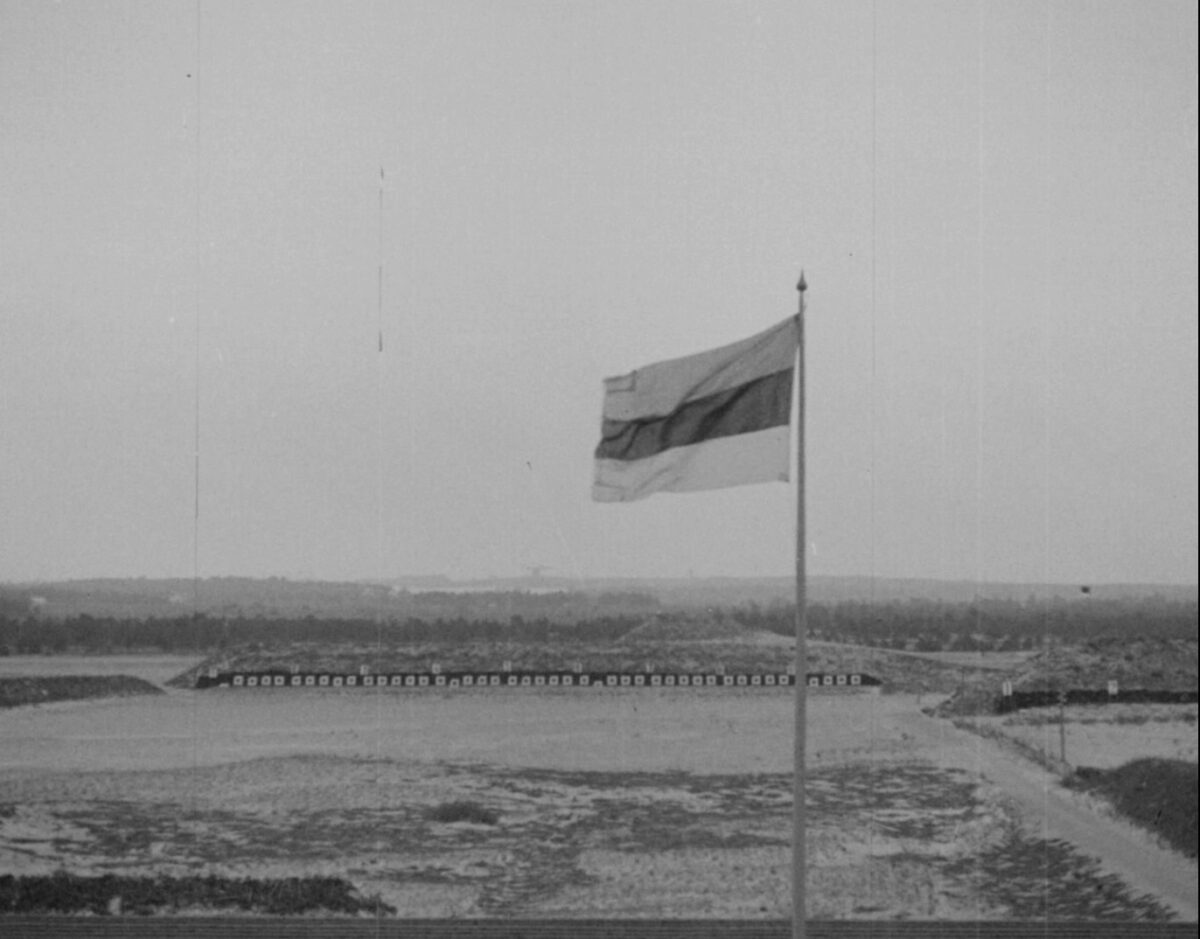
Estonian flag at the Defense League days in Tallinn. “Eesti Kultuurfilmi ringvaade nr. 12/8” 1935
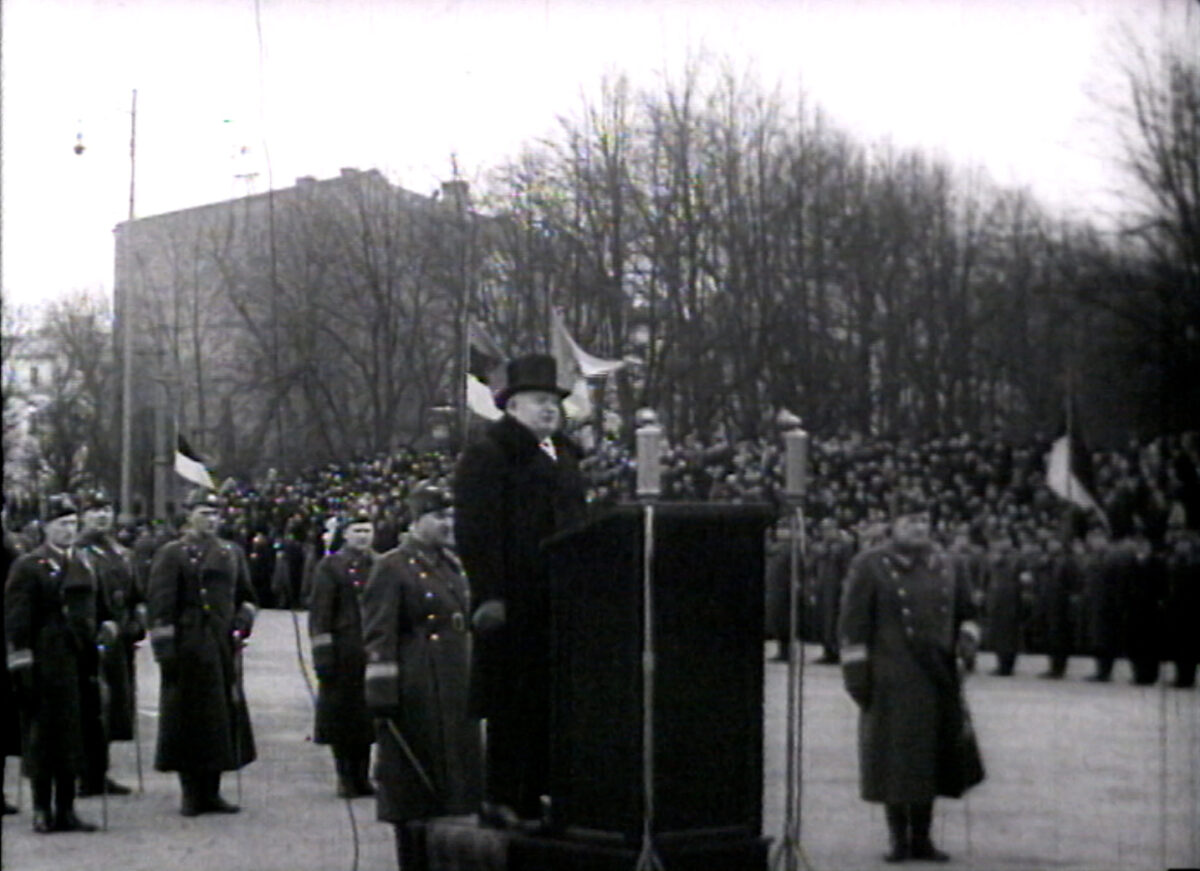
President Konstantin Päts delivers a speech at the 21st anniversary parade of the Republic of Estonia in Tallinn. “Eesti Kultuurfilmi ringvaade nr. 50” 1939
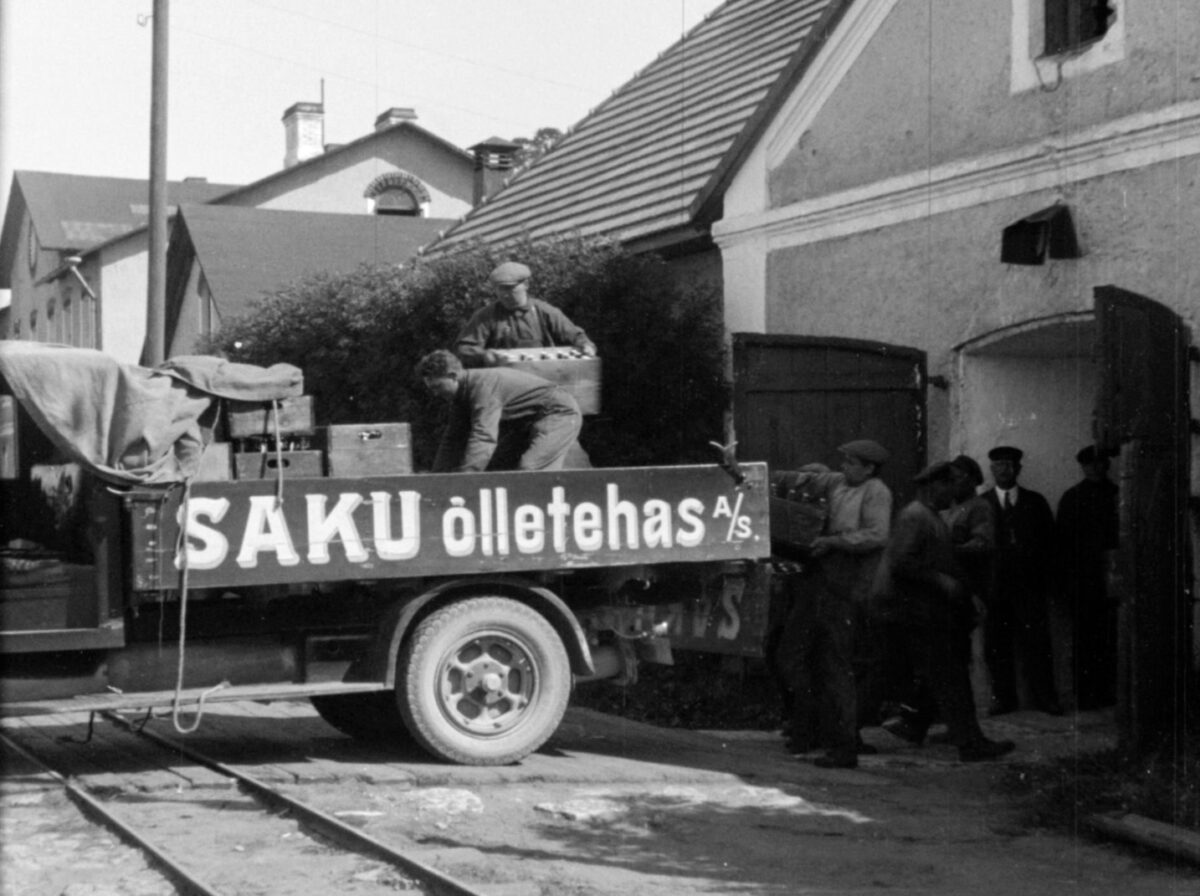
Saku Brewery: Loading beer kegs and crates into wagons and cars at Saku. “Eesti Kultuurfilmi ringvaade nr. 80” 1935
The openings of cinema chronicles through the time
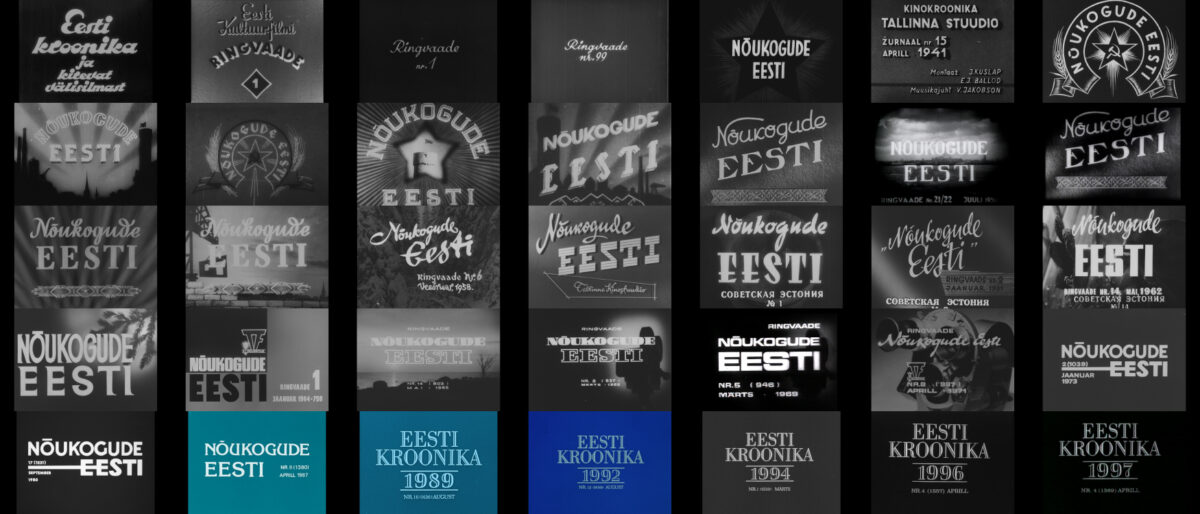
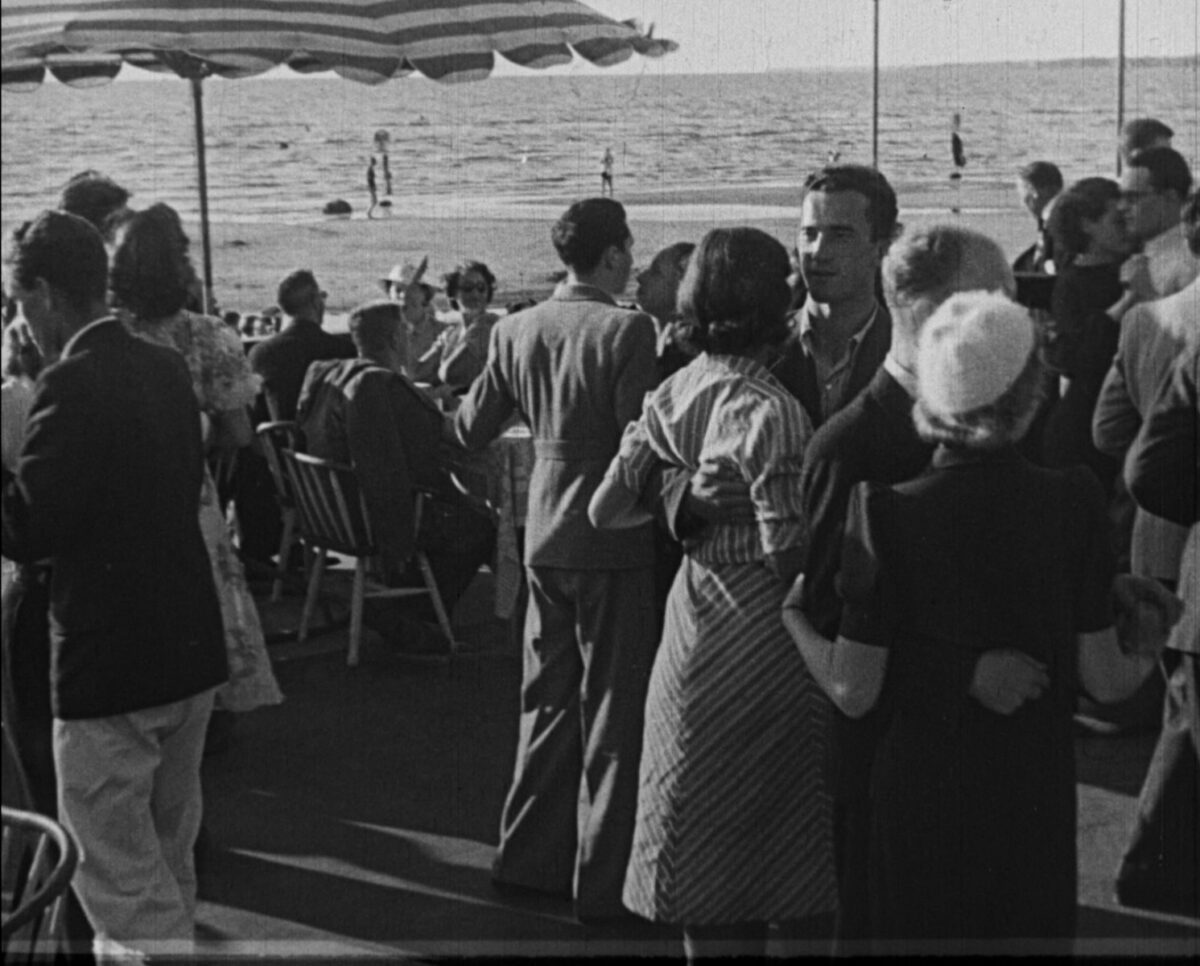
Summer life at Pirita beach. “Pilte Tallinna ümbrusest nr. 57” 1938
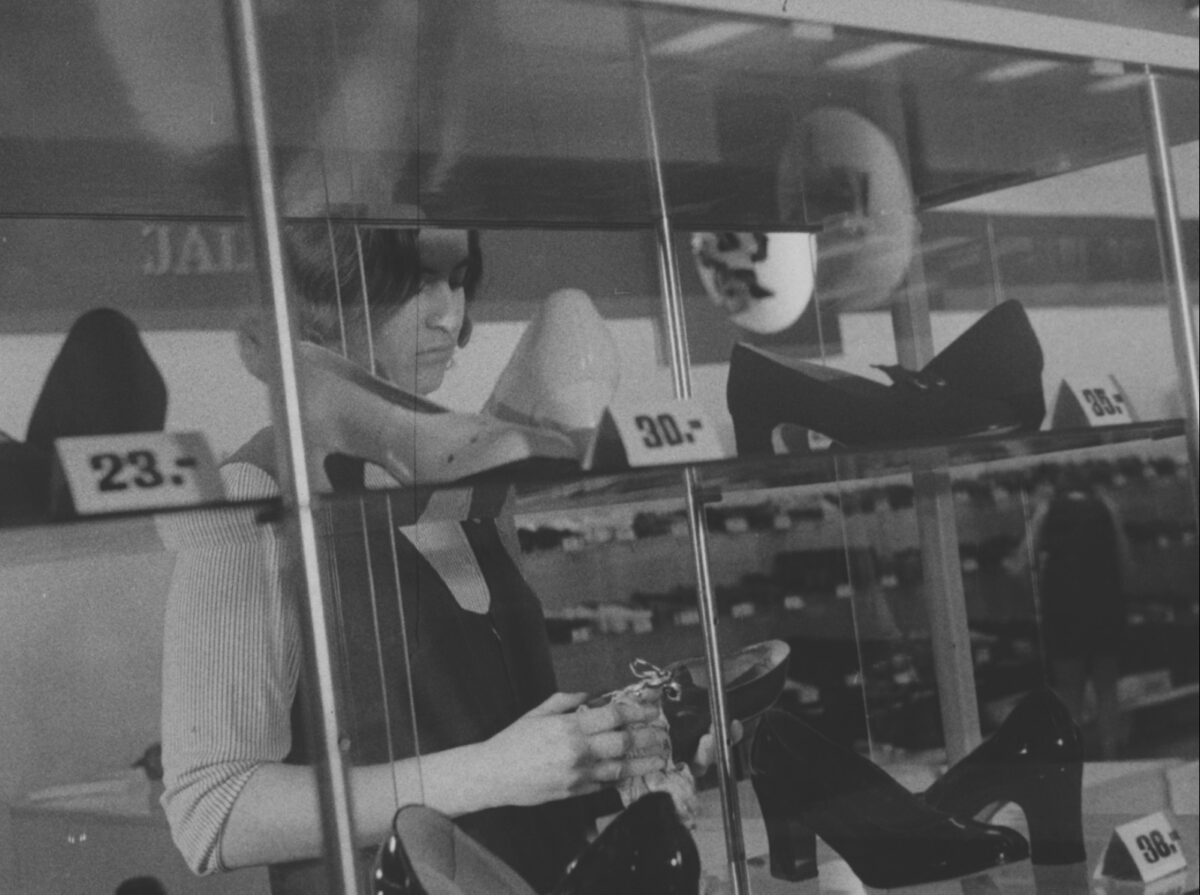
Tallinn Department Store. “Nõukogude Eesti nr. 5” 1973
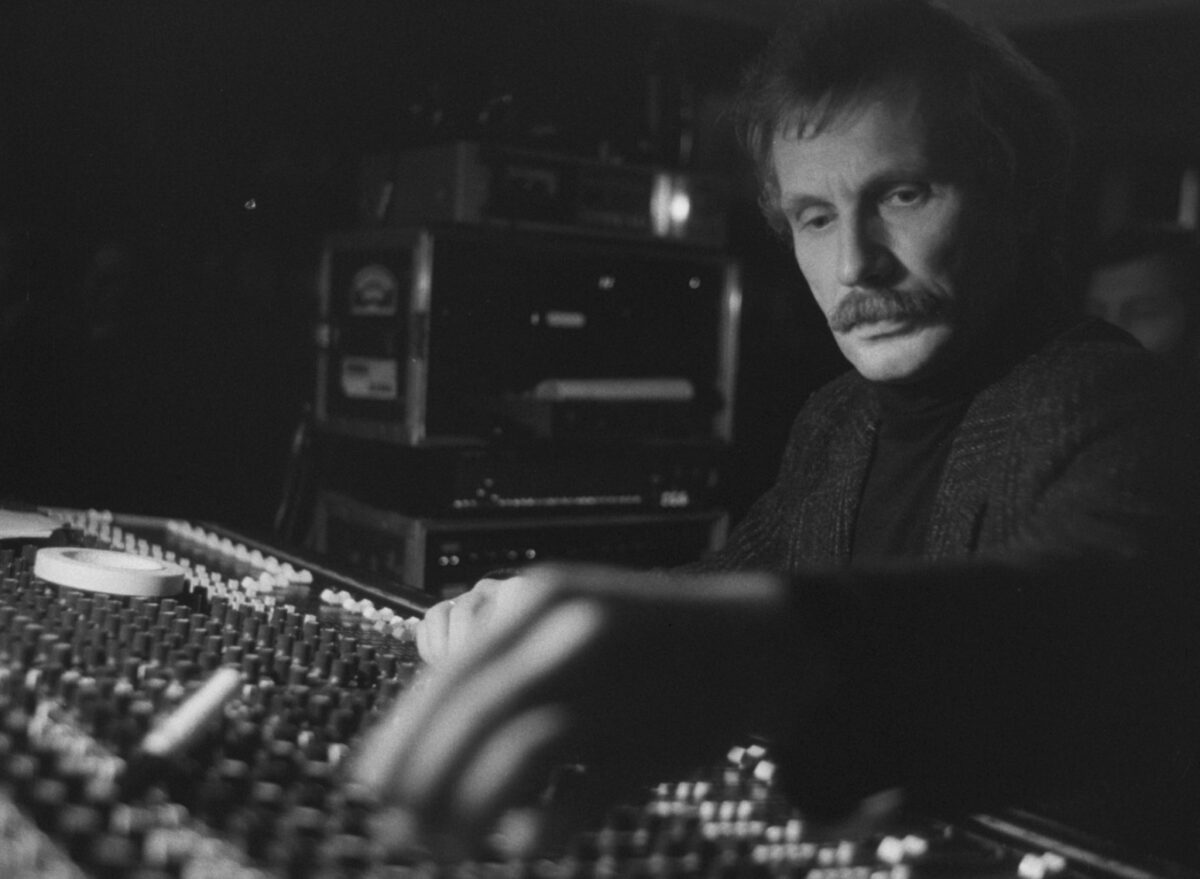
Sound operator working at the Jazz and blues days in Tallinn. “Eesti Kroonika, temaatiline, nr. 21” 1990
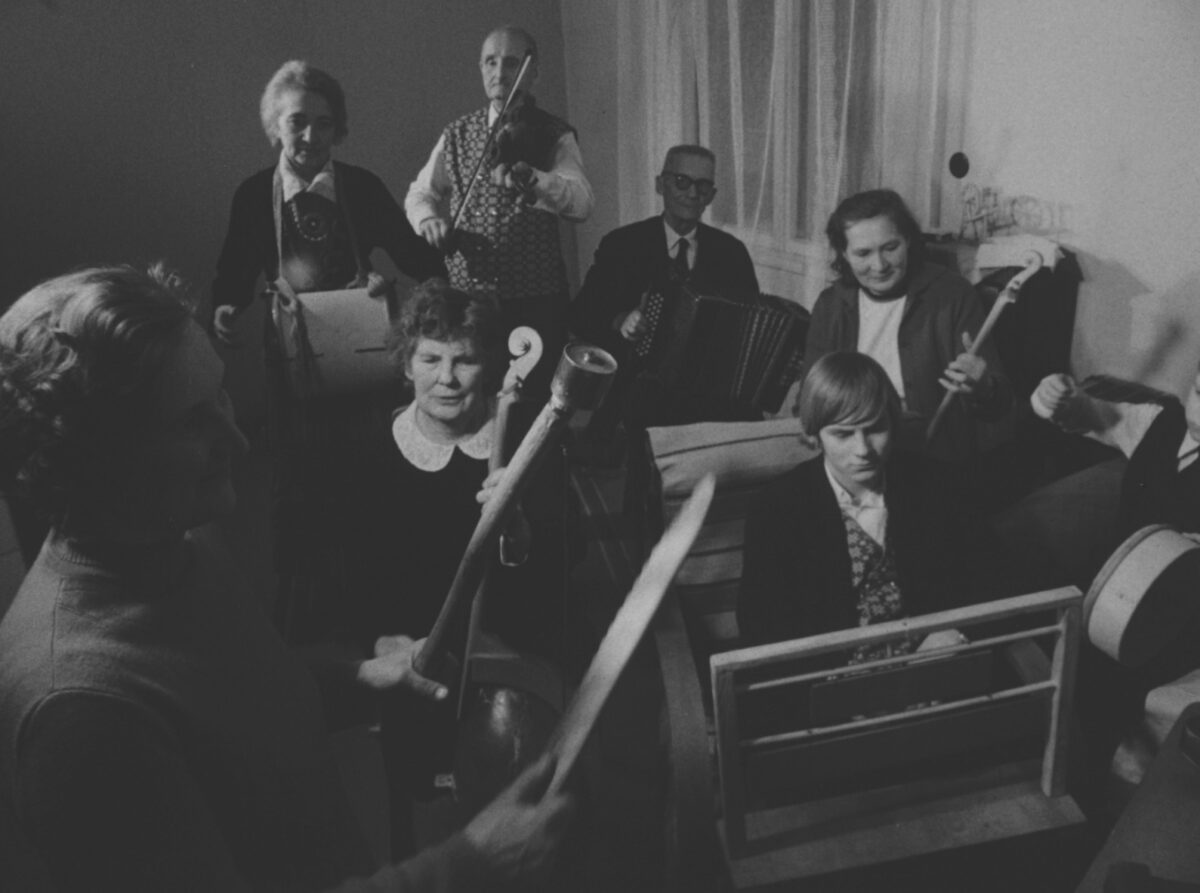
Music ensemble from Tõrva. “Nõukogude Eesti nr. 5 ” 1973
After WWII
After World War II and Soviet occupation of Estonia, the new leadership re-established newsreel production rapidly to assure that the population would see newsreels that corresponded to the Soviet view of the world. The first newsreels of the journal A Look Around Soviet Estonia (Nõukogude Eesti ringvaade) were produced by the Leningrad Studio of Cinema Chronicles already in 1944. In 1945 the production of the journal was moved to the newly established Tallinn Studio of Newsreels (Kinokroonika Tallinna Stuudio), specialising in newsreel production.
Although the studio had some connections to the previous newsreel production in Estonia, it was reformed to meet the expectations of the rulers of the now occupied country, and to introduce a new cinematic culture as a “transplant” of Soviet production. Many Estonian film-makers had emigrated, had been deported, or just discarded from the industry, and the Soviet officials sent film-makers that they could rely on to launch the production of the ideologically “correct” newsreels in Estonia.
Starting from the 1960s, newsreel production in Estonia shifted increasingly to the hands of the local film-makers. In the late 1950s, many Estonian film-makers graduated from the All-Union State Institute of Cinematographers (Всесоюзный государственный институт кинематографии, VGIK) and started to work in Estonia. This coincided also with the establishment of a relatively more relaxed cultural atmosphere that allowed wider creative self-expression.
The film studio producing newsreels in Estonia changed its name several times. From 1945 to 1954 it was called the Tallinn Studio of Newsreels (Kinokroonika Tallinna Stuudio). In 1954 it was renamed Tallinn Studio of Feature Films and Newsreels (Tallinna Kunstiliste ja Kroonikafilmide Kinostuudio), often referred to with the shorter name of Tallinn Film Studio (Tallinna Kinostuudio). In 1961 the studio was renamed once again to Tallinnfilm.
The newsreel contents varied depending on the political and cultural atmosphere in which they were produced. Therefore detecting changes in the newsreel contents is an interesting signal of changing times. Because the aim of the newsreels was to show contemporary events in (audio)visual format this implied that they emphasised visually attractive events that could be easily told about with the help of moving images. For example, preceding research has noticed that newsreels depicted more often visits of foreign delegations, military parades, and sports rather than news that could not be easily visualised. Also technical matters influenced, since for many decades filming of an event required sending heavy cameras to the venue, shooting the material, and carrying it to the studio of preparation. All this required time, and that is why newsreels often could depict pre-organized events with a lag of days or even weeks.
The newsreel journal A Look Around Soviet Estonia, running through the whole period of Soviet occupation until the late 1980s, aimed at showing progress of Soviet rule. It depicted different themes of life in the Soviet Union, such as development of the production in industry, kolkhoz life, forestry and fishing, political propaganda, military parades, culture and sports. Often the shots for the newsreels were fully or partly staged, and only seldom they depicted material shot without previous preparation.
“As newsreels were considered as crucial means of steering the spectators’ attention and opinions, they demonstrate what was allowed to show publicly and how that changed over time.”
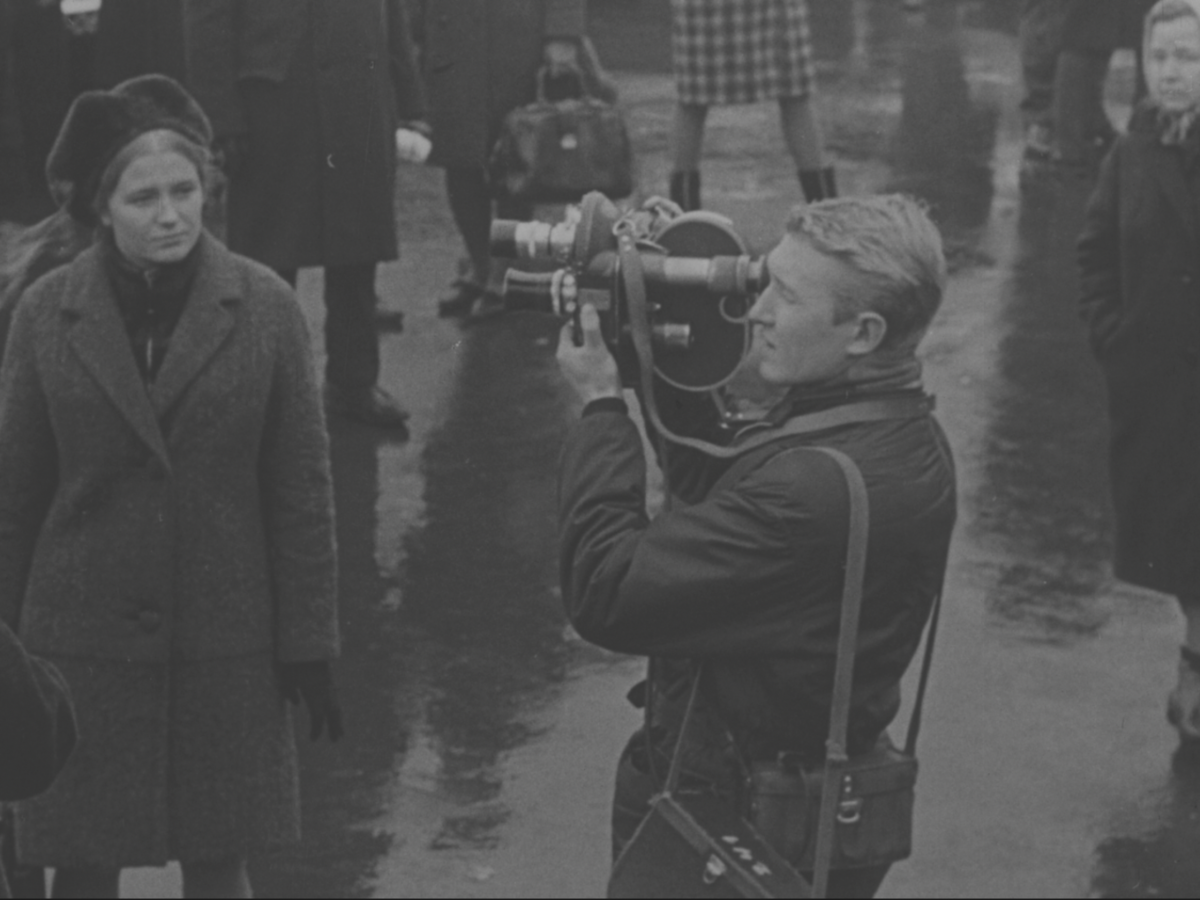
Shot of cinematographer Mati Kask from Tallinnfilm. “Nõukogude Eesti nr. 2” 1973
As newsreels were considered as crucial means of steering the spectators’ attention and opinions, they demonstrate what was allowed to show publicly and how that changed over time. Because newsreels functioned in the intersection of journalism and cinema, were addressed to the wide audiences, and structured in a template-like newsreel journal series, they provide an interesting glimpse to the history of societies, and their political and media cultures. The Estonian case is particularly interesting with radical changes of the ruling elites along the 20th century, introduction of the state control of newsreel production after 1935, and strong revival of national sentiments by the 1980s. Estonian newsreels also present an interesting avenue for scholarly inquiry since although in the West the introduction of television supplanted newsreels by the end of the 1960s, in the Soviet Union—including Estonia—newsreel production continued for decades longer, until the 1990s. changed over time.”
Sources:
- Ibrus, Indrek and Maarja Ojamaa: Newsreels versus newspapers versus metadata. A comparative study of metadata modelling the 1930s in Estonia. VIEW Journal of European Television History & Culture, vol 7 issue 14/2018: 1-15
- Näripea, Eva. “Estonian Cinescapes: Spaces, Places and Sites in Soviet Estonian Cinema (and Beyond).” PhD Thesis. Eesti Kunstiakadeemia, 2011.
- Veldi, Martti, Simon Bell and Friedrich Kuhlmann: Five-year plan in four: kolkhoz propaganda in film and documentaries in Estonia. SHS Web of Conferences 63, 10002 (2019) https://doi.org/10.1051/shsconf/20196310002
The Film Archive of the National Archives of Estonia and the Estonian Film Database
The data of the study is based on digitised newsreel videos and their metadata from the Film Archive of the National Archives of Estonia (RA) and the Estonian Film Database (EFDB).
The Film Archive of the National Archives of Estonia
The Film Archive of the National Archives of Estonia (RA) is the base collection of historical film materials in Estonia including newsreels. Film materials are accessible in the Meediateek and the Arkaader VoD platform.
The Estonian Film Database
The Estonian Film Database (EFDB) is a result of collaboration of non-profit association Estonian Film Database with Estonian memory organisations and volunteers aiming at enriching Estonian film data.